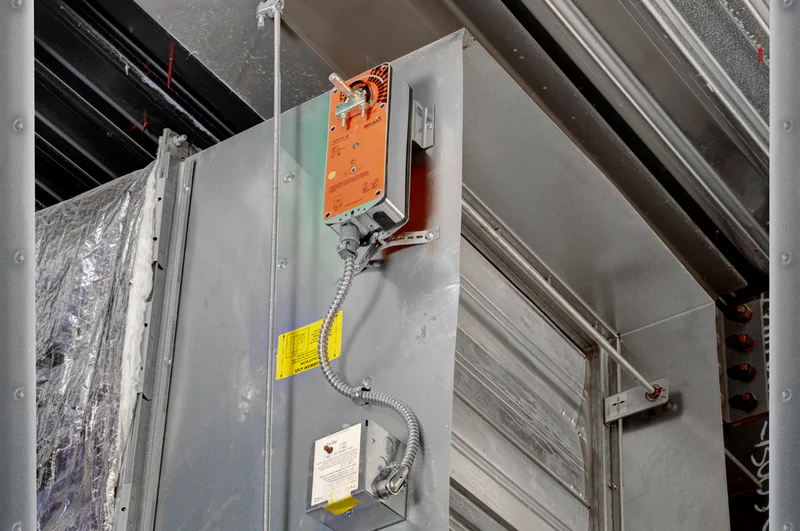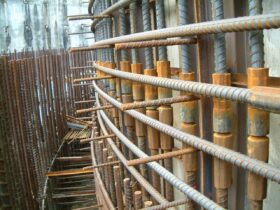Air velocity sensors play a crucial role in HVAC systems, providing essential data that helps maintain optimal air quality and efficient airflow management. This article explores the functionality of air velocity sensors like the Siemens QVM62.1 and discusses their impact on environmental comfort and energy efficiency within building management systems.
Understanding Air Velocity Sensors
Air velocity sensors measure the speed and direction of air flow within HVAC ducts. This information is critical for ensuring that air distribution is both effective and efficient.
Types of Air Velocity Sensors
- Thermal Anemometers: Use a heated element to measure how quickly air cools the element, which correlates to air speed.
- Vane Anemometers: Consist of a turbine that spins in response to air flow, with the rate of spin indicating the velocity of the air.
These sensors are integrated into HVAC systems to provide real-time data on air flow, which is essential for system control and adjustment.
Role in Air Quality Management
Proper air flow is essential for maintaining good indoor air quality. Air velocity sensors help ensure that air circulates adequately throughout a building, preventing issues such as:
- Stagnation: Avoids areas of stagnant air that can lead to discomfort and poor air quality.
- Distribution: Ensures that conditioned air is effectively distributed, enhancing occupant comfort.
- Ventilation: Aids in the proper exchange of indoor and outdoor air, crucial for diluting indoor pollutants.
For specific insights into air velocity sensor models, such as the Siemens QVM62.1, detailed information can be found at Siemens Qvm62.1 Air Velocity Sensor.
Impact on HVAC Energy Efficiency
Effective use of air velocity sensors in HVAC systems can lead to significant energy savings by optimizing airflow and reducing unnecessary energy consumption.
- Targeted Cooling and Heating: Sensors allow for the adjustment of air flows to match the specific cooling or heating needs of different zones within a building.
- Reduced Energy Waste: Prevents overcooling or overheating, which can lead to excessive energy use.
- System Longevity: Helps maintain the health of the HVAC system by ensuring it operates within optimal parameters, potentially extending the life of equipment.
Installation and Integration
Incorporating air velocity sensors into an HVAC system involves careful consideration of sensor placement and integration with system controls.
- Strategic Placement: Sensors should be placed in locations that provide a representative measurement of airflow in HVAC ducts.
- System Compatibility: Ensure the sensors are compatible with the building’s HVAC control system to allow for seamless integration and communication.
Applications in Building Management
Beyond basic air flow measurement, air velocity sensors are integral to advanced building management strategies.
- Demand-Controlled Ventilation: Sensors provide the data needed to implement demand-controlled ventilation, which adjusts air flow based on the occupancy and specific needs of different building areas.
- Environmental Monitoring: Integrating sensors with building management systems allows for continuous monitoring and adjustment of environmental conditions, enhancing overall building performance and occupant satisfaction.
For a wide range of HVAC supplies and technologies, including advanced air velocity sensors, blackhawksupply.com offers a diverse selection and expert advice to support the integration of sophisticated sensor technologies into building management systems.
By utilizing air velocity sensors, facilities managers can significantly enhance both the air quality and energy efficiency of their HVAC systems, leading to improved comfort, lower operating costs, and a healthier indoor environment.










